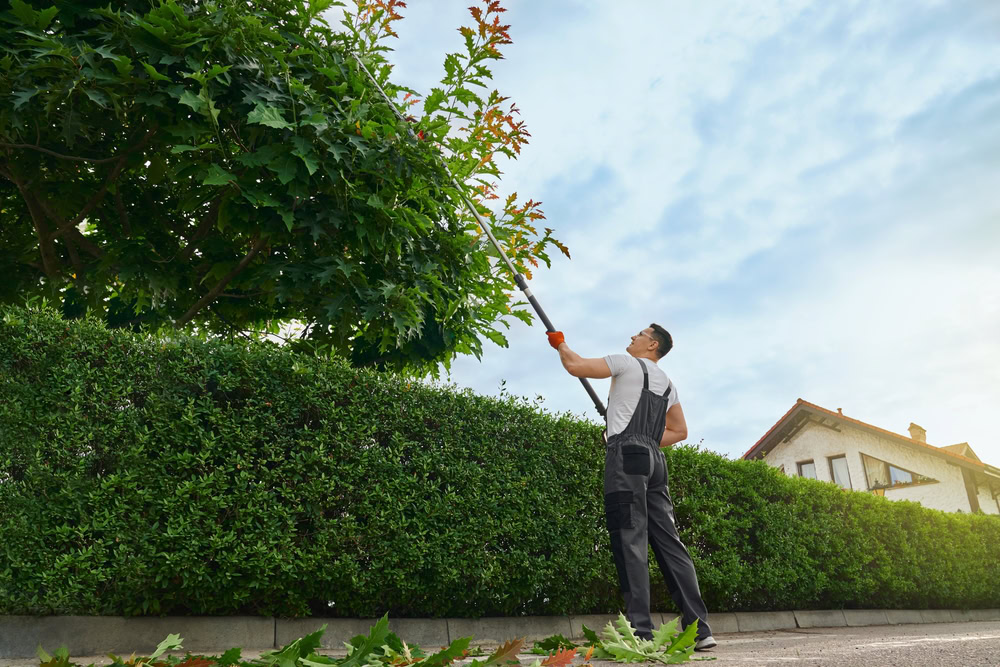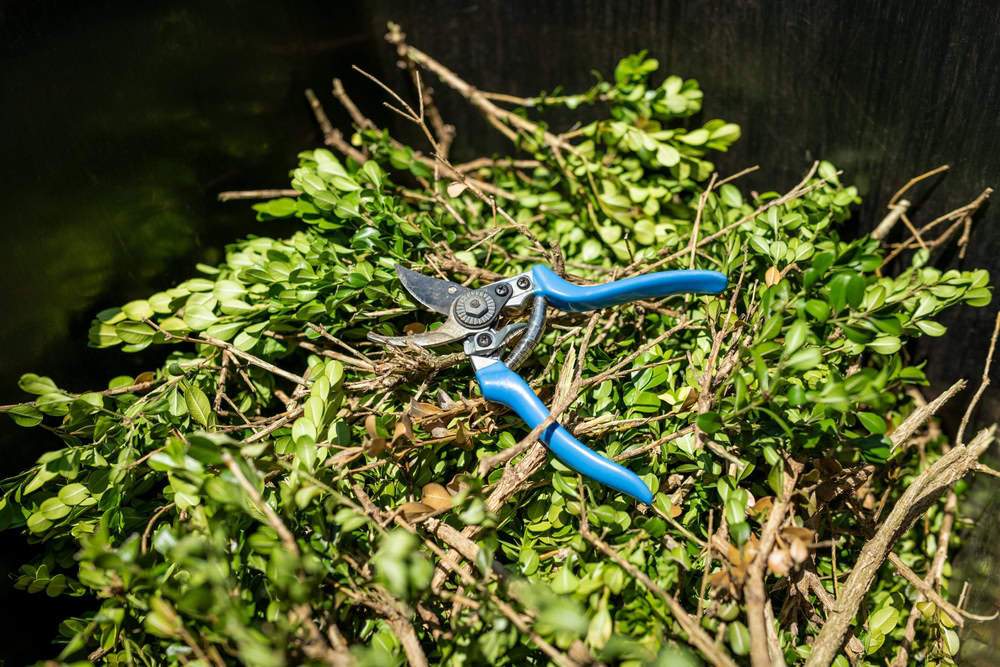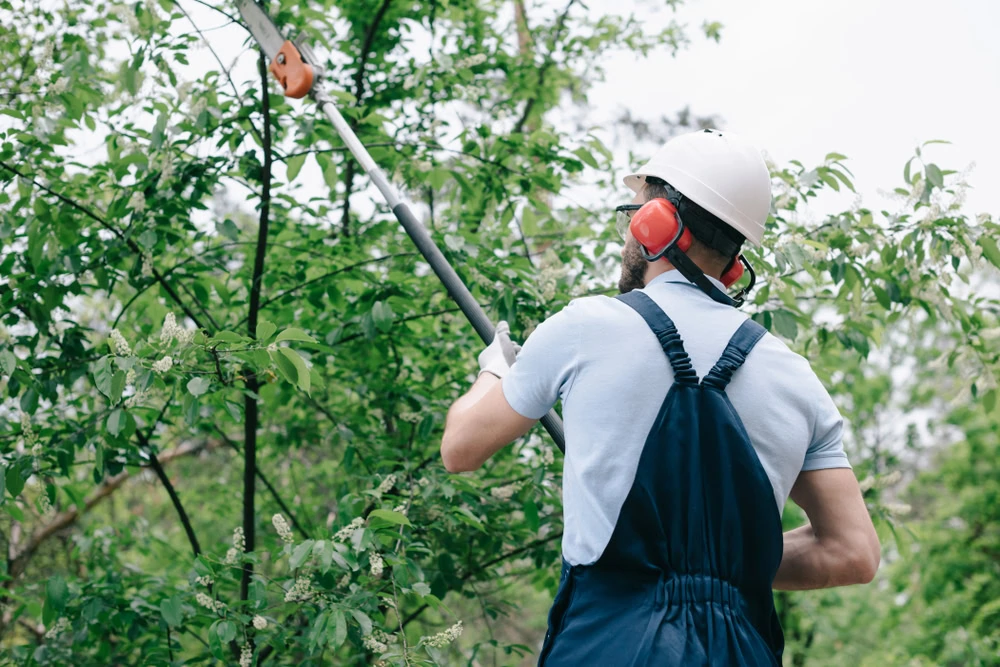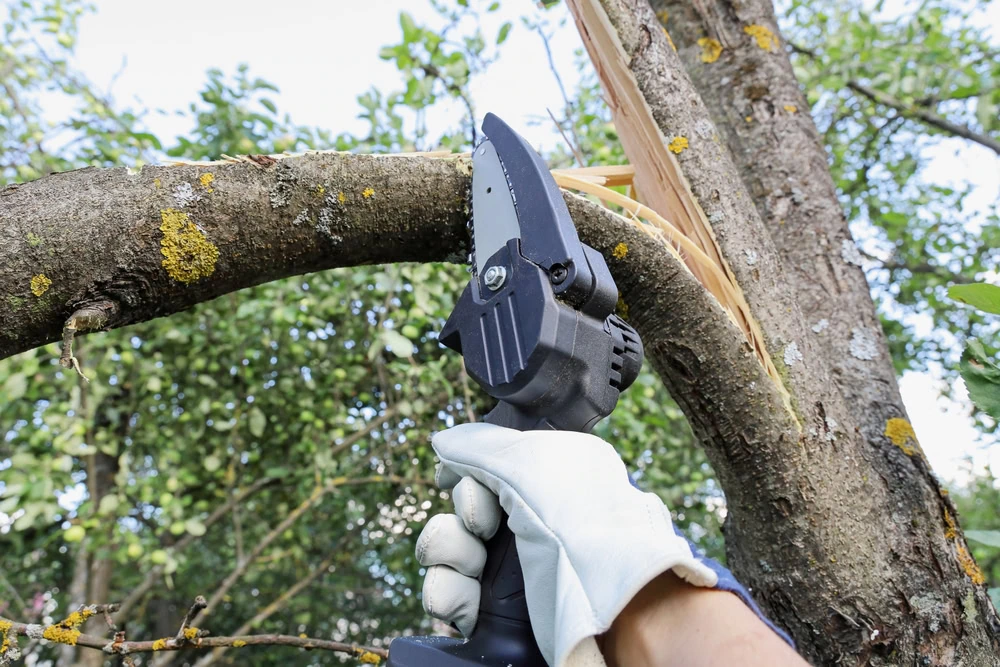Tree Trimming in Eatons Neck, NY
Keep Your Trees Healthy and Safe
Professional tree trimming that protects your property and preserves your landscape’s beauty year-round.

Hear from Our Customers

Professional Tree Care Services
Your trees look better, your property stays safer, and you stop worrying about storm damage. That’s what happens when trimming gets done right.
Overgrown branches stop threatening your roof, power lines, and walkways. Your landscape gets the sunlight it needs. Property values stay protected because your trees actually enhance your home instead of becoming a liability.
You get peace of mind knowing certified arborists handled the work. No guessing about what branches to cut or when to cut them. No wondering if the job was done safely or if it’ll actually help your trees thrive long-term.
Eatons Neck Tree Experts
We’ve been caring for trees across Long Island for years. We understand how coastal winds, salt air, and seasonal storms affect the trees in Eatons Neck.
Our certified arborists know which species thrive here and which ones need extra attention. We’ve seen what happens when tree care gets done wrong, and we’ve built our reputation on getting it right the first time.
You’re dealing with valuable property and mature trees that took decades to grow. We treat both with the respect they deserve.

Tree Trimming Process
We start with a thorough assessment of each tree’s health, structure, and any potential hazards. Every tree is different, and the approach needs to match what that specific tree needs.
The actual trimming follows proper arboricultural standards. We remove dead, diseased, or damaged branches first. Then we address any structural issues and shape the canopy to promote healthy growth while maintaining the tree’s natural form.
Safety drives everything we do. Proper equipment, established protocols, and experienced crews mean the job gets done without damage to your property or injury to anyone involved. We clean up completely when we’re finished, leaving your property better than we found it.

Ready to get started?
Complete Tree Maintenance
You get a complete tree health assessment before any cutting begins. We identify potential problems, explain what needs to be done, and why it matters for your specific trees and property.
The trimming work itself covers everything from basic pruning to complex structural corrections. We handle crown cleaning, crown thinning, crown raising, and crown reduction based on what each tree actually needs. Emergency tree service is available when storms cause immediate hazards.
All debris gets removed and disposed of properly. Your property gets cleaned up completely. You receive recommendations for ongoing tree care and maintenance timing to keep your trees healthy between visits.
